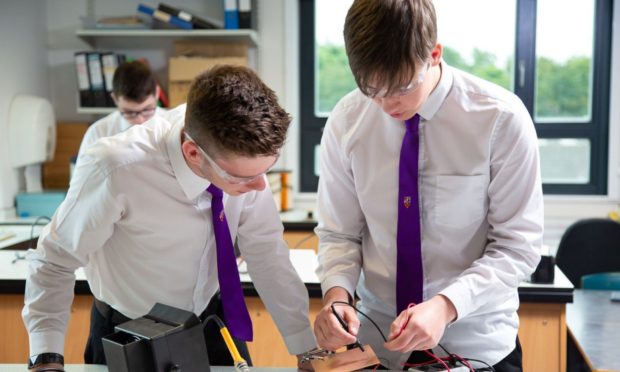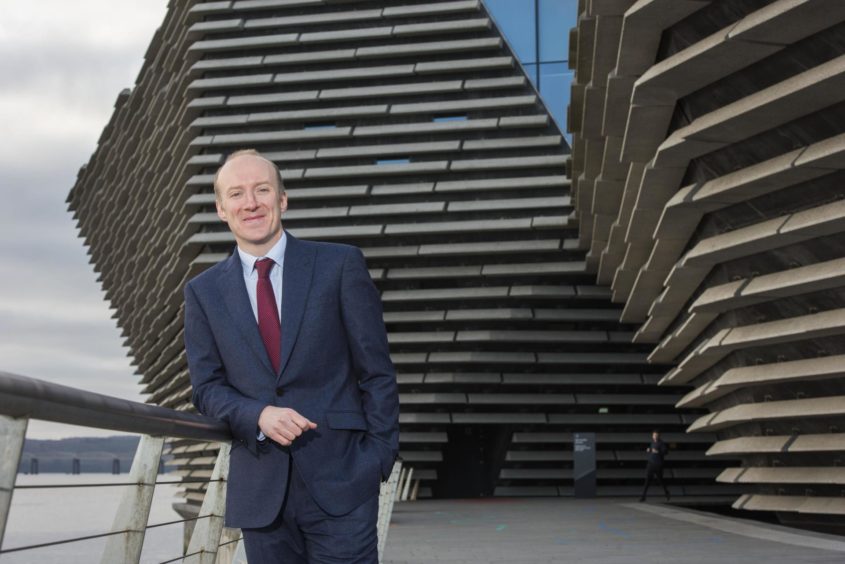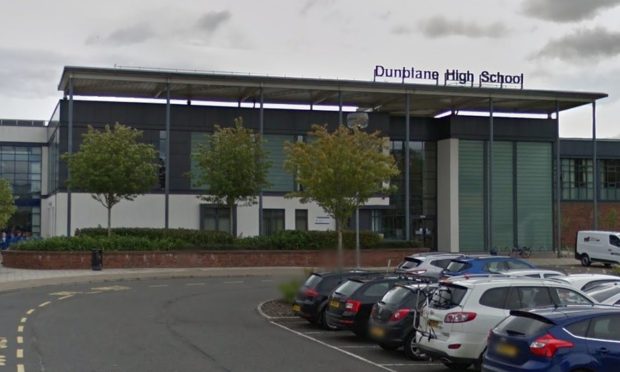A fast track Dundee University course designed to tackle teacher shortages in specialist areas has produced less than half of the total trainees sought, figures reveal.
The PGCE with supported induction route was launched in January 2018 and aimed to attract science, technology, engineering and mathematics (STEM) graduates into teaching.
These graduates have consistently been under recruited into the profession and the course integrates a PGCE with an induction programme, qualifying students to graduate into a career in teaching after one full year.
The programme blends student time between school placement and campus. A PGCE is a postgraduate certificate in education.
The Scottish Government had asked institutions for ideas to help tackle teacher shortages and backed initiatives with more than £1million from the Scottish Government Attainment Scotland Fund.
Since the inaugural year of the course began in January 2018, there has been a total of 115 places available to prospective students.
Of these, however, just 64 have been filled.
Even less have successfully completed the course and as of March this year, only 45 students had either graduated or were still on the course.
This means that overall, less than 40% of the total number of students sought have successfully completed the course.
The figures were obtained through a freedom of information (FOI) request submitted to the university by the Courier.
Fluctuating numbers
The first cohort started the course in January 2018, with 16 out of the 20 places available filled. Of these, just 11 completed the course.
Of the five who did not complete the course, four left for personal reasons and one did not meet the required standard.
In the following year, starting January 2019, there were a total of 39 places available. However, just 26 of these were filled.
Similar to the previous year, even less successfully competed the course and just 14 students in this cohort graduated.
Eight students withdrew from the course for personal reasons and the others withdrew either for a temporary break in their studies or because they failed the course.
The FOI figures show that for the academic year beginning January 2020, the highest number of spaces were available to date – with 56 spots on offer.
Less than half were filled, however, with just 22 students enrolled in January 2020.
Two of these students have since withdrawn. Due to Covid, the 2020/21 course end date has been extended, meaning that the remaining 20 are still to graduate.
Alternative model is being developed
Scottish Labour education spokesperson Michael Marra called for more to be done to attract people into teaching STEM subjects in Scotland.
He said: “In the last week alone two university principals have raised concerns with me over the lack of maths qualifications among Scottish school leavers and the need to drastically improve standards.
“These academic skills hold the key to tech jobs of the future and their absence means Scotland is missing out on tech jobs today.
“This kind of scheme to bring more people into STEM teaching is welcome but these numbers clearly show that they cannot do the job alone.
“Universities must be supported to ensure recruitment increases and the net must be cast wider. The shortage of STEM teachers means that Scotland is missing a key plank of our national infrastructure.
“Our young people need these skills, they need the inspiration that great teachers can give and they need the life chances that STEM enabled jobs can provide.
“The Scottish Government after May must be imaginative and focussed on this national challenge which will be critical to our recovery.
“We cannot afford to return to the distractions of old arguments when so much needs to be done to help Scotland recover from the pandemic.”
The FOI response did indicate that the university was developing a longer term provision for an alternative route into initial teacher education.
This, it is understood, would bring together the positive elements of existing alternative routes to offer one alternative secondary route.
Course has been “real asset”
Dundee University attributed the lack of filled spaces on the course to varying applicant numbers but outlined that positive feedback had been given.
A spokesman said: “The University of Dundee offers secondary routes in subject areas where there is a recognised shortage in Scotland.
“Given the specialised nature of some of these subjects, applicant numbers will understandably vary.
“This alternative route, however, enables widening access into teaching for students who may be unable to access the full-time programme, and feedback we have received from school mentors has indicated that these new teachers will be a real asset to the profession.”











